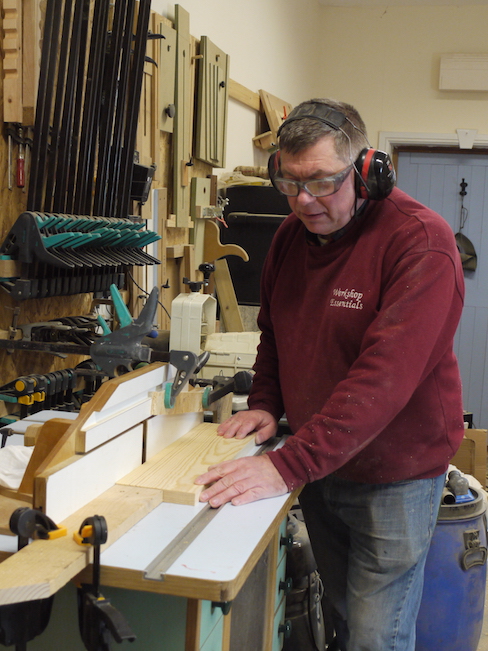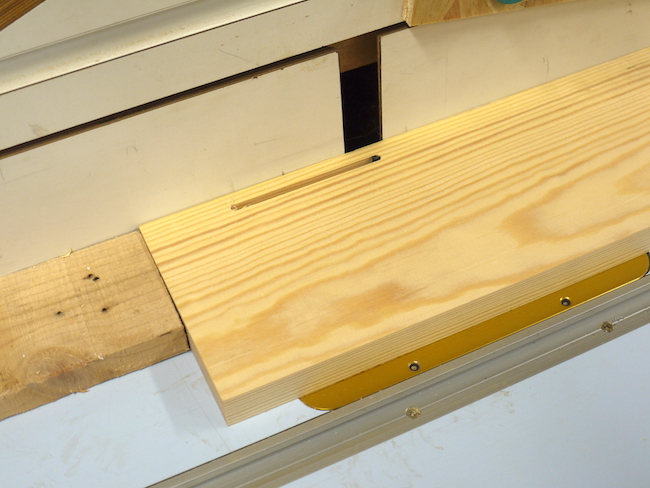transatlantic
Boom!
I generally cut these with a handheld plunge router, but the setup for each cut can take forever when you have a lot to do. I see lots of people doing them with the router table, where you drop the piece onto the cutter, move, and then lift up again. This seems so much quicker, as there is no clamping to setup, but it looks rather scary. What could potentially go wrong? could the piece be snatched as you're lowering it? could it be made safer?










































